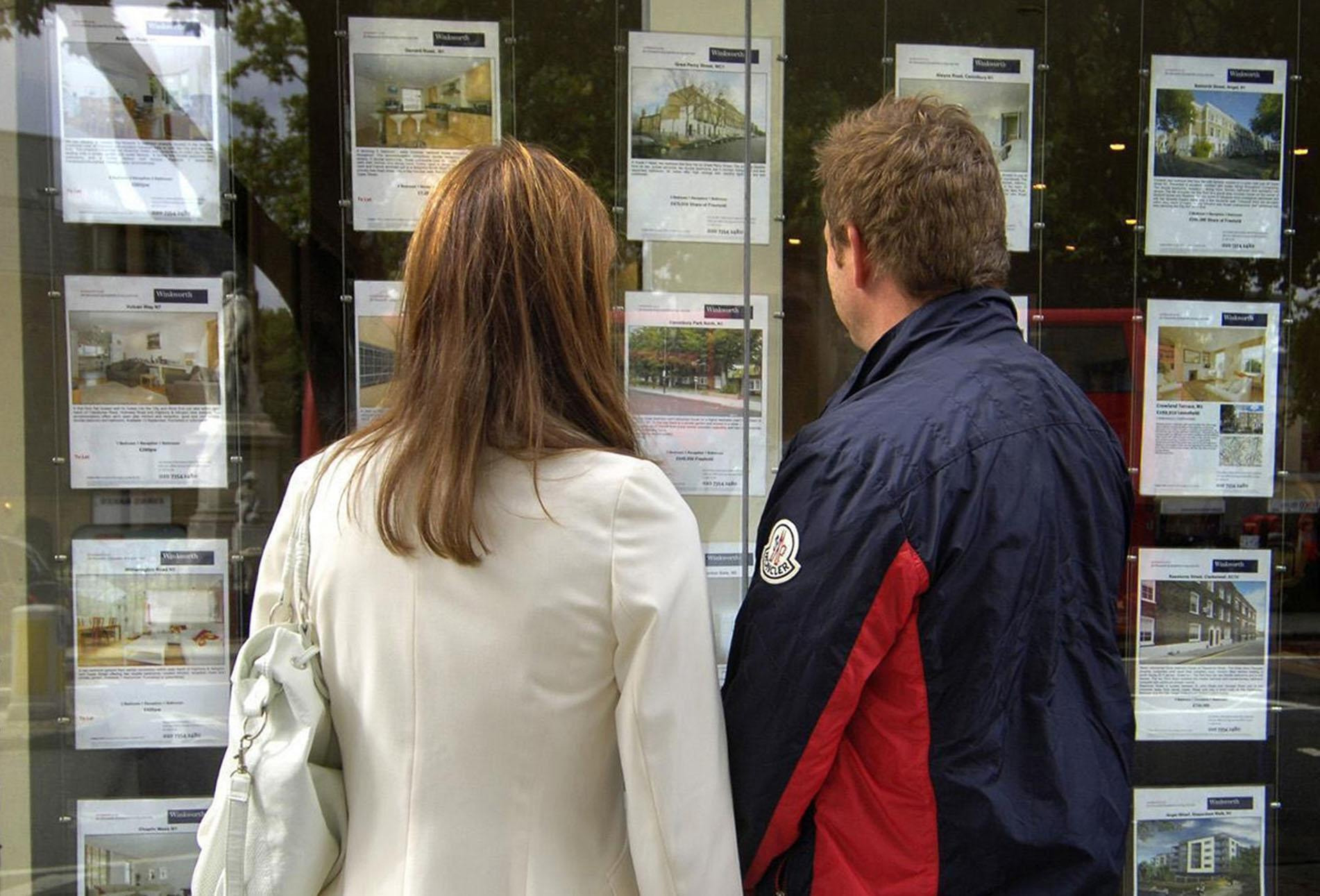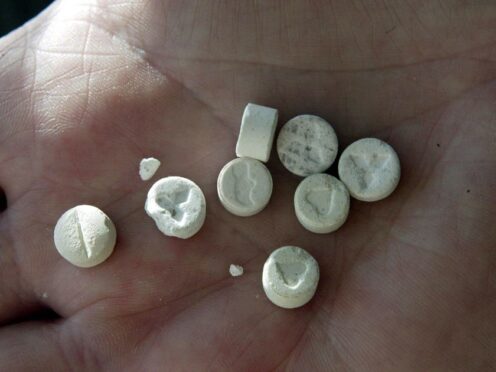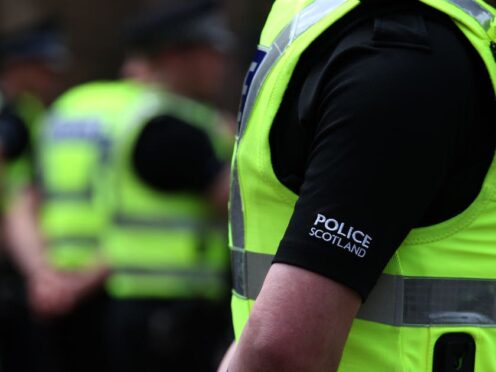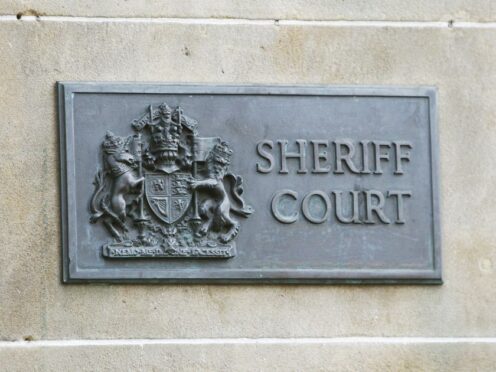A change to the way people pay duty on house purchases has led to an 11% increase in sales over the last year, new figures show.
The land and buildings transaction tax (LBTT), which replaced stamp duty in Scotland, came into force on April 1 last year.
The new levy on property sales lowered tax for the majority of buyers but hit the top end of the market.
The latest house price index from Your Move/Acadata, which looks at statistics for April, found there were more than 104,000 home sales in the last 12 months, up from the previous year’s level of around 93,600.
The report said this was down to LBTT cutting the cost of buying cheaper homes.
But, overall, the figures show that house prices have dropped by 7.8% from last April to this, with a typical home in Scotland now worth £170,667.
The housing market in the first few months of 2015 was, however, “distorted” as the looming introduction of LBTT resulted in a spike in the number of high-value transactions being brought forward.
There were price increases in 12 local authority areas in April, compared to the month before, with 20 areas seeing prices fall.
Christine Campbell, Your Move managing director in Scotland, said: “After a year of the land and buildings transaction tax (LBTT), it’s now possible to see its impact across the Scottish housing market.
“By cutting the cost of purchasing cheaper homes, LBTT has led to an 11% increase in sales over the last year. With 104,344 home sales in the last 12 months, the market has outdone the previous year’s 93,601 sales.
“These figures confirm that lower purchase taxes for property can significantly boost activity in the housing market while also making it more affordable for first-time buyers to get a foot on the ladder.
“The Scottish Government should consider lifting the LBTT bands higher, if they want to build on the foundations of this policy, in order to support Scotland’s fragile property and construction sector.”









